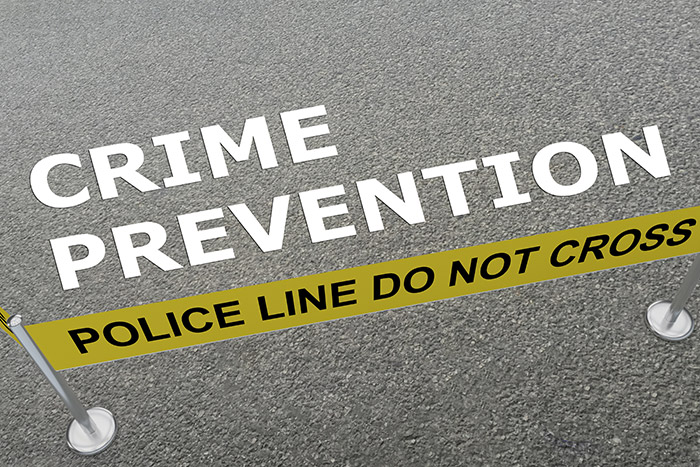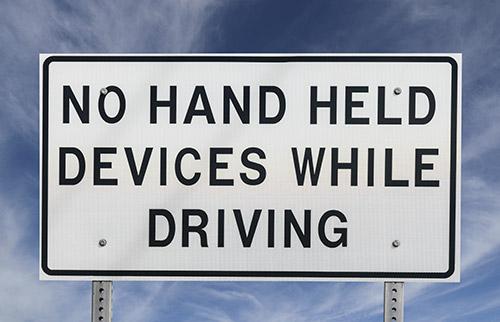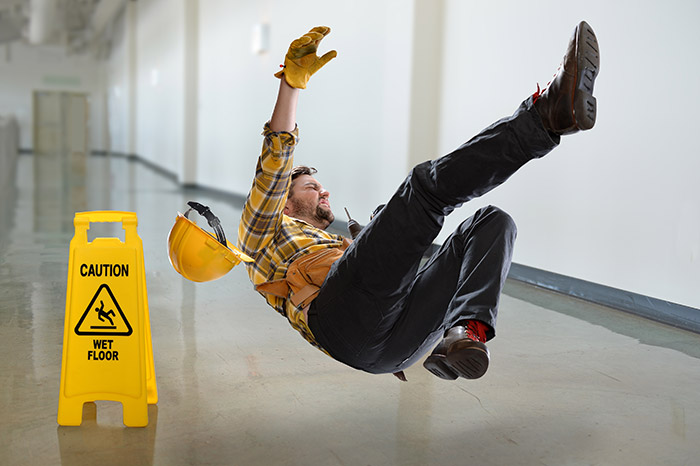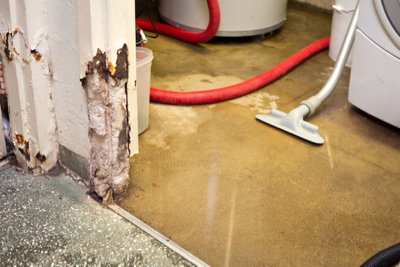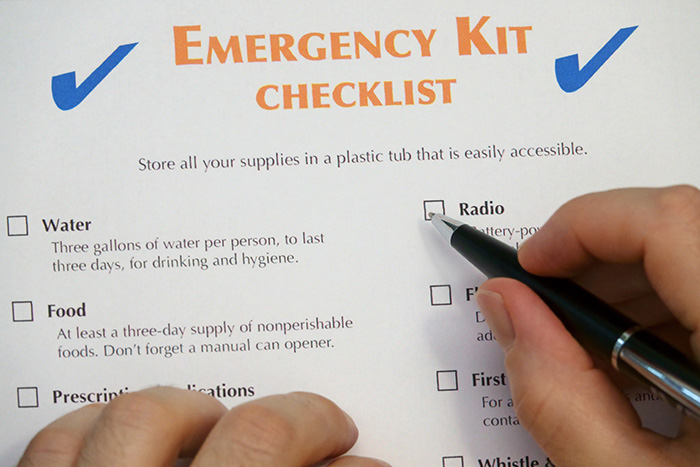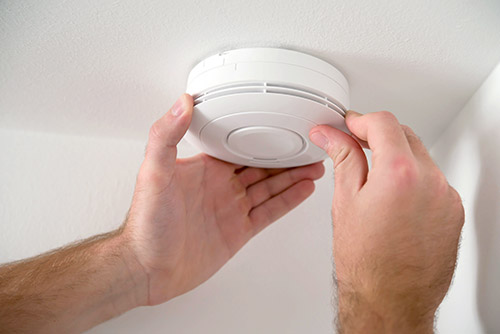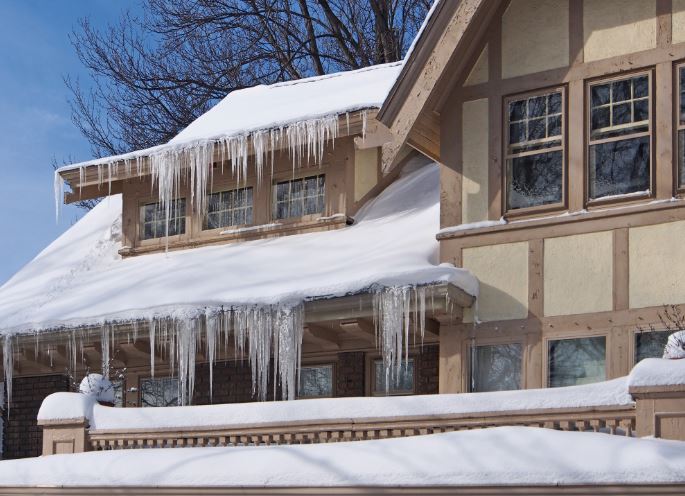
Are you a snowbird? If you flock to a warmer climate during winter, you know that preparing your home before you leave is a tedious, sometimes difficult task. However, creating a thorough winter checklist can help protect your house against theft, water damage and other unwanted surprises. To help ensure everything goes smoothly, here are some important things to remember as you pack up and secure your home for the winter!
Forward your mail.
This is something you can do without leaving your house! Try logging on to www.USPS.com and clicking the "Track & Manage" tab. The United States Postal Service (USPS) can forward your mail for up to one year. For flyers or anything else that comes to your door, ask a neighbor or a family member to occasionally check your home for anything that accumulates on your doorstep or in your mailbox.
Do not turn off the heat!
Set your thermostat between 55 and 60 degrees. If the house temperature is too low, your water pipes could freeze.
Shut off the water.
Doing this minimizes the risk of a flood. Be sure to turn off any valves inside, including automatic irrigation systems. To avoid any type of water leaks, it's always an option to have your pipes drained by a professional.
Prep your appliances.
Depending on how long you'll be gone, consider unplugging your refrigerator to cut down on energy costs. Be sure to clean it, throw out all of the food and leave the fridge doors open to prevent mildew. Other appliances you can unplug are your washer and dryer, microwaves and televisions.
Perform exterior maintenance.
If you live in a snowy area, arrange for someone to plow your driveway and sidewalks to avoid any liability issues. Make sure to also clean out your gutters so water drains easily. And of course, don't leave out any outdoor furniture or flowerpots that could blow away in the wind – put these items in storage!
Perform indoor maintenance.
Check your smoke alarm and make sure it has brand new batteries. If you have a chimney, close the flue to keep out any unwanted visitors such as birds, bats or squirrels. Putting a guard on top of the chimney is also something to consider. To put your mind at ease, go around and do last minute checks on all of your doors and windows. This is your last opportunity to make sure all of the locks work properly.
Consider setting up light timers throughout the home.
This will make it look like someone is home and ward off intruders. It's also not a bad idea to close all of the drapes at every window so no one can see that you're gone.
Inform neighbors that you’re leaving.
It's beneficial to have someone nearby on close watch in case they see anything suspicious around your home while you're gone. Be sure to give them all of your contact information in case of an emergency, and let them know when you'll be returning.
Remember, give yourself enough time to prepare and finish your checklist. There’s nothing worse than feeling like you’re forgetting something, so I hope these tips help you make your move with peace of mind. Enjoy the sun, and be safe!
Source: foremost.com


